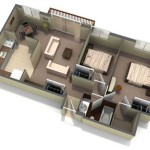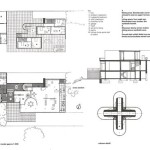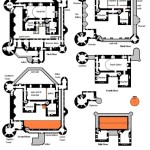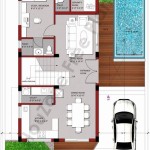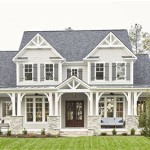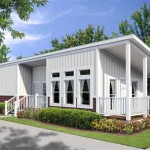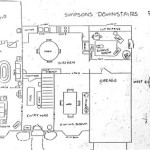Essential Aspects of Big Horse Barn Plans
Building a spacious and functional horse barn is crucial for the well-being and comfort of your equine companions. Whether you're designing a brand-new structure or renovating an existing one, careful planning and consideration of essential aspects are paramount to create a barn that meets your specific needs. Here's a comprehensive guide to help you navigate the key elements of big horse barn plans:
1. Layout and Design
The layout of your barn should prioritize the health and safety of your horses. Start by determining the number and size of stalls required, ensuring ample space for each horse to move comfortably. Consider the location of feed and water sources, tack rooms, and hay storage areas. The barn's design should also allow for efficient manure removal and proper ventilation to maintain a healthy environment.
2. Stall Dimensions and Features
Stalls are the horses' primary living space, so it's essential to design them with their comfort and safety in mind. The ideal stall size depends on the breed and size of your horses. Provide a minimum of 12 x 12 feet (3.7 x 3.7 meters) for an average-sized horse, with an additional 2 feet (0.6 meters) in length for draft and larger breeds. Ensure that stalls have adequate headroom, solid walls to prevent drafts, and a deep bedding area for warmth and comfort.
3. Ventilation and Air Quality
Proper ventilation is crucial to maintain a healthy environment inside the barn. Ample ventilation helps circulate fresh air, reduce humidity, and prevent the accumulation of dust and ammonia. Consider installing a combination of natural ventilation systems, such as windows and ridge vents, and mechanical ventilation systems, such as fans and exhaust systems. Ensure that ventilation openings are strategically placed to avoid drafts and maintain comfortable temperatures for your horses.
4. Lighting
Good lighting is essential for the safety and well-being of your horses. Provide adequate natural lighting through large windows or skylights, supplemented with artificial lighting for evening and nighttime hours. Consider using energy-efficient LED lights or motion-activated fixtures to save energy and provide illumination only when necessary. Avoid placing lights directly above feed and water sources, as this can create shadows and make it difficult for horses to see.
5. Flooring and Drainage
The flooring in your barn plays a significant role in the comfort and safety of your horses. Choose a durable, non-slip surface that is easy to clean and maintain. Concrete floors are a common option, offering durability and ease of maintenance. However, rubber mats or stall mats can provide additional cushioning and reduce the risk of injuries. Proper drainage is also essential to prevent water accumulation and mud buildup. Install drainage systems such as French drains or grated floors to allow excess water to escape.
6. Feed and Water Management
Efficient feed and water management is critical for the health of your horses. Plan for convenient placement of feed and water sources within each stall or in a separate feed room. Consider using automatic waterers or self-fillers to ensure a constant supply of clean water. Feed storage areas should be designed to protect feed from moisture and pests, and should be accessible for easy loading and unloading.
7. Storage and Tack Rooms
Adequate storage space is essential for keeping your barn organized and clutter-free. Designate a dedicated tack room for storing saddles, bridles, and other equipment. Consider installing shelves, cabinets, or wall-mounted racks to keep tack organized and easily accessible. Additional storage space may also be needed for hay, bedding, tools, and other supplies.
8. Fencing and Paddocks
If your barn includes outdoor paddocks, proper fencing is essential to ensure the safety of your horses. Choose durable fencing materials such as wood, metal, or vinyl that can withstand the force of a horse. Install fences securely to prevent horses from escaping or injuring themselves. Provide adequate turnout space for horses to exercise and socialize, with a minimum of one to two acres per horse recommended.
By carefully considering these essential aspects in your big horse barn plans, you can create a spacious, functional, and healthy environment for your beloved equine companions. A well-designed barn will not only provide comfort and well-being for your horses but also enhance their overall quality of life.
Barn Plans 12 Stall Horse Design Floor Plan Designs

Largel Horse Barn Plans Dream Barns

Barn Plans 8 Stall Horse Design Floor Plan Layout Designs

Barns And Buildings Quality Horse All Wood Custom Barn Homes Rustic Home Facility Stalls
:max_bytes(150000):strip_icc()/general-free-barn-plan-lsu-agcenter-56af70e33df78cf772c47dda.png?strip=all)
6 Free Barn Plans

Horse Barn Floor Plan Layout Tips

Horse Barn Stables Plans Dream

Barn Plans 10 Stall Horse Design Floor Plan Designs
Building A New Barn Floor Plan Layout Questions The Horse Forum

Home Garden Plans B20h Large Horse Barn For 20 Stall Perfect Co Designs

